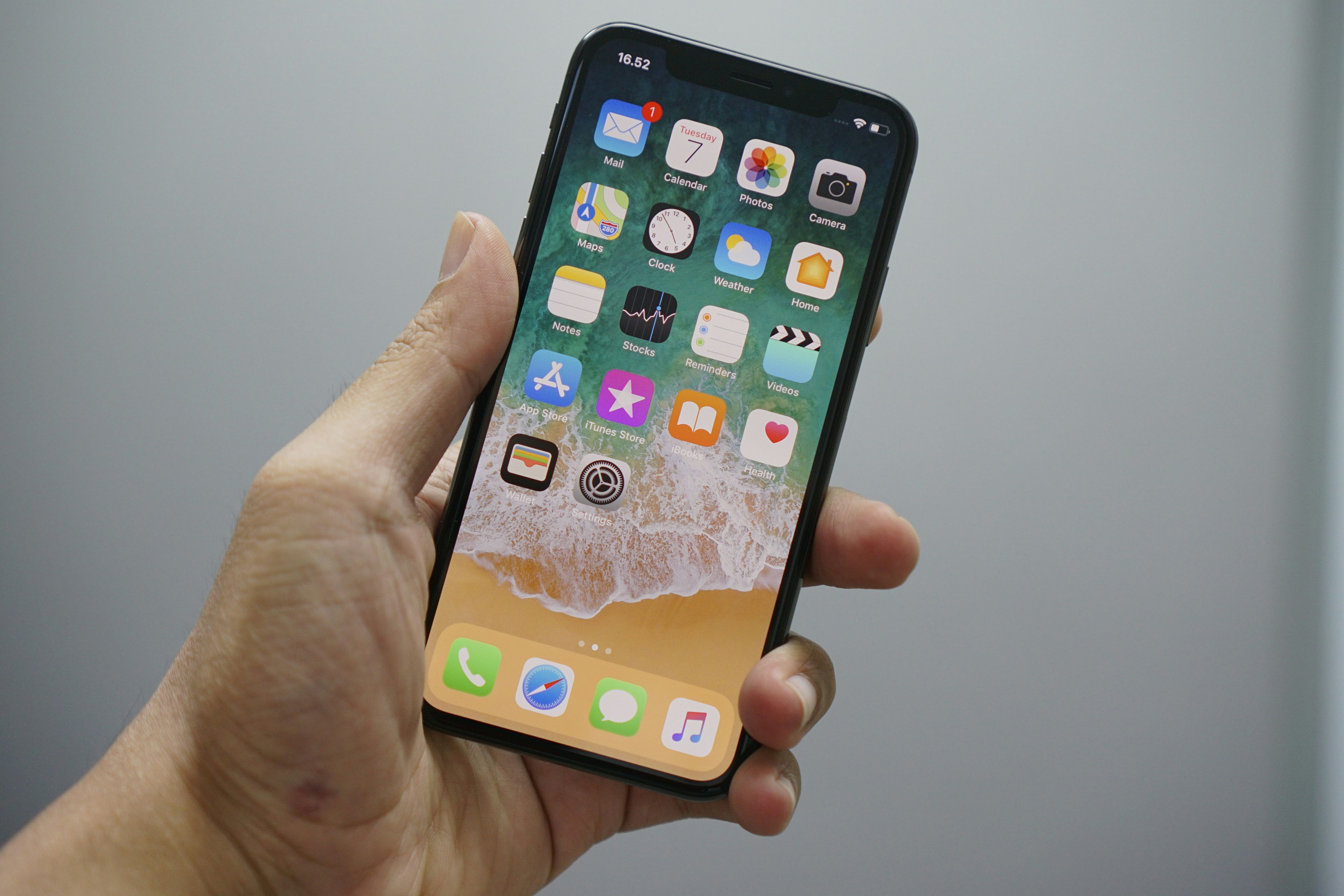
The Rise of Therapy Speak: Helpful or Harmful?
Jacquelyn Tenaglia talks about what happens when therapy language becomes oversimplified, overused, or weaponized.
In recent years, therapy language has made its way into nearly every corner of our culture, from social media and workplace meetings to reality TV. While some of these shifts are positive, they also raise important questions: Are we misusing mental health terms? Is therapy speak helping us grow, or is it pushing us further apart?
I sat down with therapist and content creator Jacquelyn Tenaglia to talk about what happens when therapy language becomes oversimplified, overused, or weaponized.
When Mental Health Terms Go Viral
Jacquelyn began her career working in a methadone clinic, and that experience gave her a strong foundation in understanding addiction. So when she saw terms like “emotion addiction” floating around on Instagram, it stopped her in her tracks.
“I remember thinking, ‘Wait, is that a thing?’” she recalled. “People aren't breaking into cars to fuel their emotion addiction habit. It just didn’t make sense.”
This was one of her first encounters with what she now recognizes as a trend: the overuse and misapplication of clinical terms in non-clinical contexts. While she believes people are genuinely trying to understand themselves better, the desire to label everything—especially with medical-sounding language—can cause more confusion than clarity.
The Problem with Pathologizing Everything
There’s been a massive cultural shift toward using mental health terminology in everyday life. And while naming our experiences can be empowering, there’s a danger in over-pathologizing normal human behavior.
“Narcissist,” for example, has become a buzzword online, often used as shorthand for “someone who hurt me.” But as Jacquelyn pointed out, not everyone who is cruel, selfish, or unkind qualifies for a clinical diagnosis of narcissistic personality disorder.
“It’s become a catch-all,” she said. “That doesn’t mean those behaviors are okay, but we need to be accurate with our words, especially when those words represent real disorders that people live with and struggle to change.”
Boundaries, or Avoidance?
Another area where therapy speak is commonly misused? Boundaries. And Jacquelyn is seeing more people use the phrase “that’s my boundary” in situations where they might actually be avoiding discomfort or difficult conversations.
Yes, some boundaries are necessary and protective. But in many cases, what's being labeled as a boundary is really avoidance in disguise.
“It’s important to know the difference,” she explained. “Are you setting a healthy boundary to protect your peace, or are you dodging emotional labor by calling every preference a boundary?”
How Therapy Language Shows Up in Pop Culture
Even reality TV hasn’t been immune to the rise of therapy speak. I shared with Jacquelyn how I’ve noticed cast members on shows like Love Is Blind using clinical terms to describe their cast mates, often based on heavily edited footage. It’s another example of how this language can get detached from its original meaning and context.
“Reality TV is a mirror,” I said. “And now even in those shows, we’re seeing people analyzing one another’s childhoods, throwing around terms like narcissism or trauma bonding without really knowing what they mean.”
Jacquelyn agreed: “It’s not all bad. We’re becoming more emotionally literate, and that’s good. But there’s a cost when extreme language becomes our default lens for interpreting everything.”
Self-Diagnosis vs. Professional Support
We also talked about the growing trend of self-diagnosing based on social media content. While it’s true that access to professional care can be a privilege not everyone has, there’s still a difference between seeing yourself in a list of symptoms and sitting down with someone who can assess the full picture.
Most viral content skips over that nuance.
“Much of the information is just, ‘You have this diagnosis if…’” Jacquelyn said. “But it doesn’t offer any guidance for what to do next, or how to manage the condition. That’s where a professional can help.”
The Importance of Media Literacy
One of the most powerful takeaways from our conversation was the need for digital and emotional discernment.
“Media literacy is critical,” Jacquelyn emphasized. “We need to pause and ask: Did I read the whole post? Is this stated as fact or opinion? Does this actually apply to me?”
In other words, if a post is making you feel worse, more confused, or constantly triggered—it might not be helpful, and that’s okay.
“You’re allowed to outgrow an account,” I added. “You can unfollow something when it no longer resonates with you or serves you.”
Embracing the Gray Areas
If there’s one message Jacquelyn wants readers and content creators alike to take away, it’s this: mental health exists in shades of gray. Real healing often lives in the murky, uncertain places where things can be both/and.
“You can be grieving and grateful. You can love someone and need distance. Things can be painful and still necessary,” she said.
And perhaps most importantly, you don’t need to diagnose yourself—or anyone else—to honor your lived experience.
Want more conversations like this? Check out the full episode of The Calling Home Podcast wherever you listen to podcasts.